
- English
- ePUB (mobile friendly)
- Available on iOS & Android
About this book
This playful yet professional book is designed to help educators select, acquire and implement technology to help all students, but especially those with special needs. School districts often struggle to develop consistent practices for meeting the needs of special education students. With this book, you'll learn how embracing student-centered approaches like project-based learning and growth mindset works to support students with disabilities. You'll get guidance on how to plan and execute educational experiences using technology centered around the needs of students with disabilities. And you'll learn how to effectively and consistently consider and select technological supports based on the specific needs of an individual student with a disability.This book:
- Details how an educational team can request assistance to determine technology needs.
- Explains how to conduct and document assessments to help an educational team make informed decisions about technology needs.
- Describes a proactive approach to professional development for individuals and for those who train others on the use of technology.
- Assists individuals or teams in creating an action plan for developing a culture of inclusion.
- Interweaves stories, songs and other exciting features to make learning fun!
The New Assistive Tech is a catalyst for breaking down walls between special education and general education, and will help all educators realize they have tech knowledge (and can build upon that knowledge) that can be used to support students with disabilities. Audience: K-12 educators
Frequently asked questions
- Essential is ideal for learners and professionals who enjoy exploring a wide range of subjects. Access the Essential Library with 800,000+ trusted titles and best-sellers across business, personal growth, and the humanities. Includes unlimited reading time and Standard Read Aloud voice.
- Complete: Perfect for advanced learners and researchers needing full, unrestricted access. Unlock 1.4M+ books across hundreds of subjects, including academic and specialized titles. The Complete Plan also includes advanced features like Premium Read Aloud and Research Assistant.
Please note we cannot support devices running on iOS 13 and Android 7 or earlier. Learn more about using the app.
Information
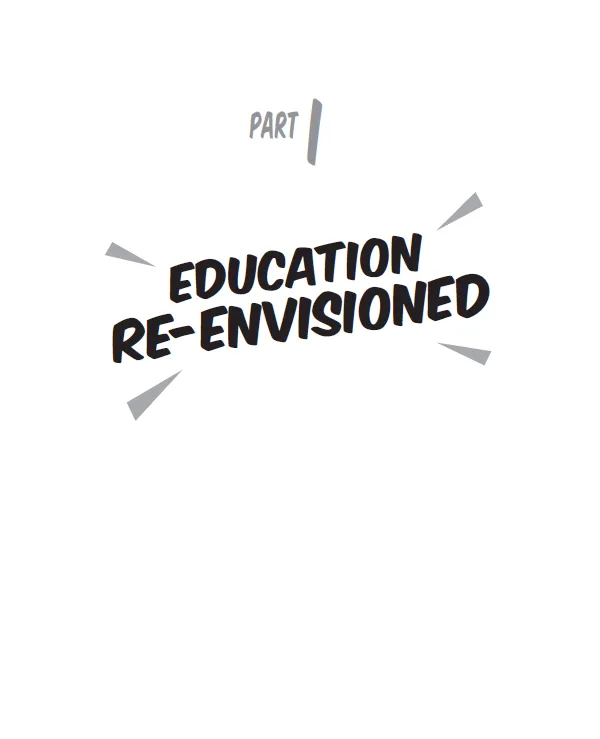
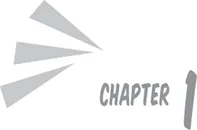
Shifting Attitudes to Improve Learning Experiences
ISTE STANDARDS ADDRESSED
The Like–Dislike Continuum Activity
| Likes | Dislikes |
| 1. | 1. |
| 2. | 2. |
| 3. | 3. |
| 4. | 4. |
| 5. | 5. |
Snow Day!
Name This Disability
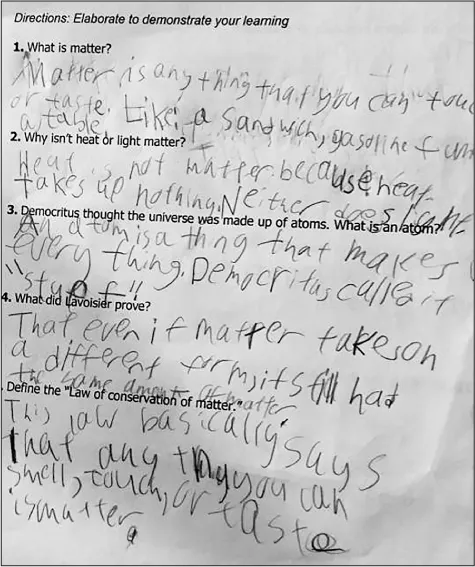
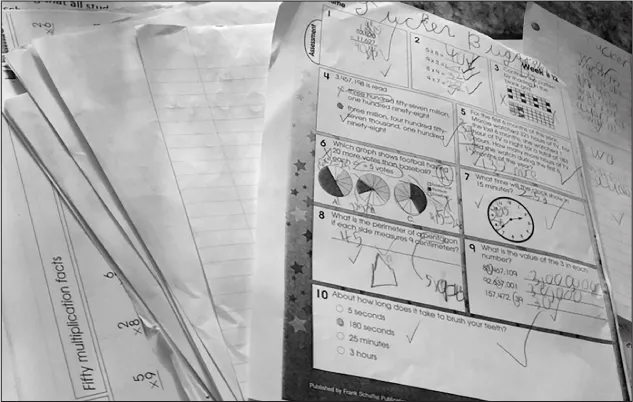
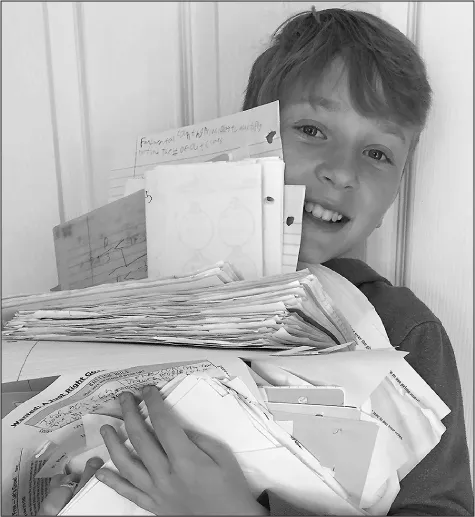
A EULOGY FOR WORKSHEETS
Table of contents
- Cover
- Title Page
- Copyright
- About ISTE
- About the Author
- Acknowledgments
- Dedication
- Contents
- Foreword
- Introduction
- PART I: Education Re-Envisioned
- PART II: How to Consider Assistive Technology for Everybody
- PART III: Requesting Assistance
- PART IV: Enacting Change
- Moving Forward
- References
- Index
- Back Cover